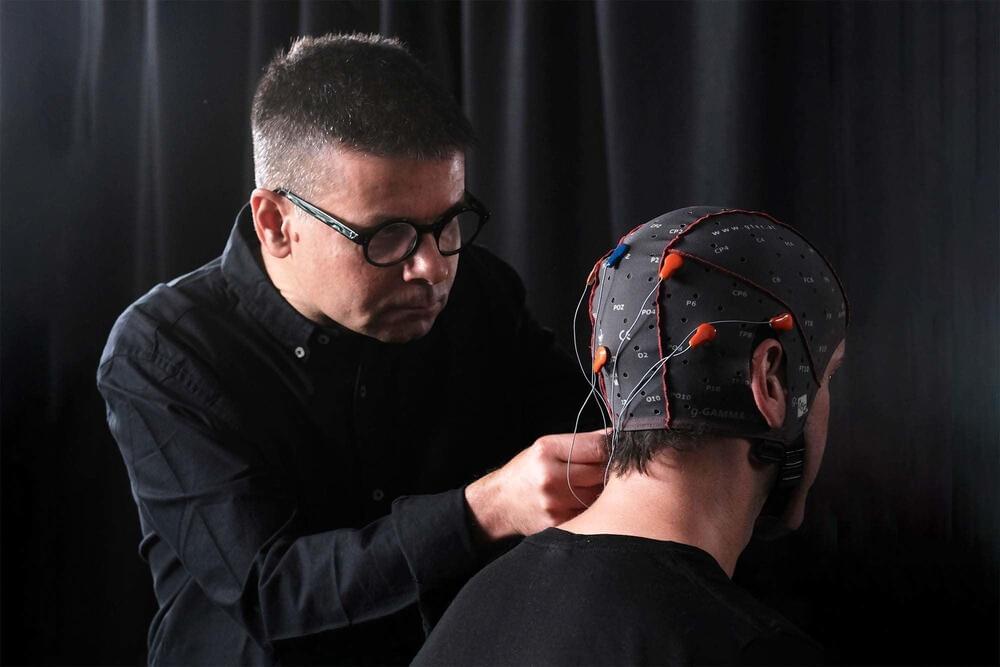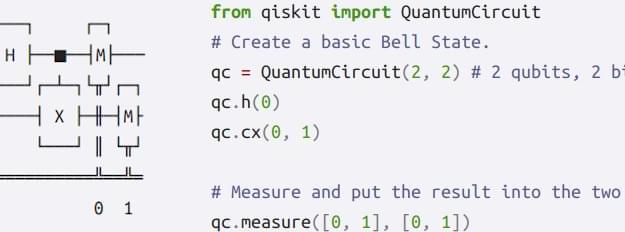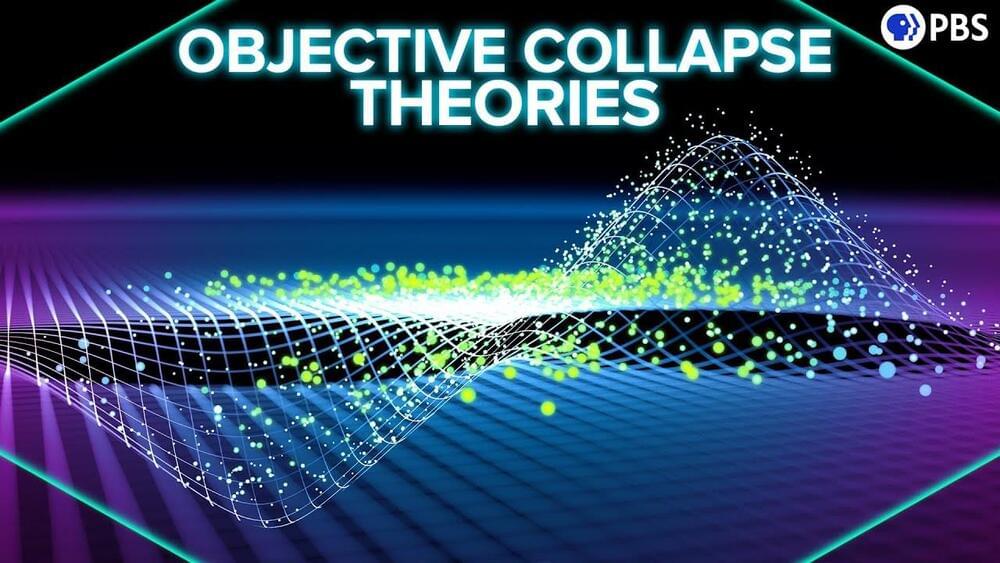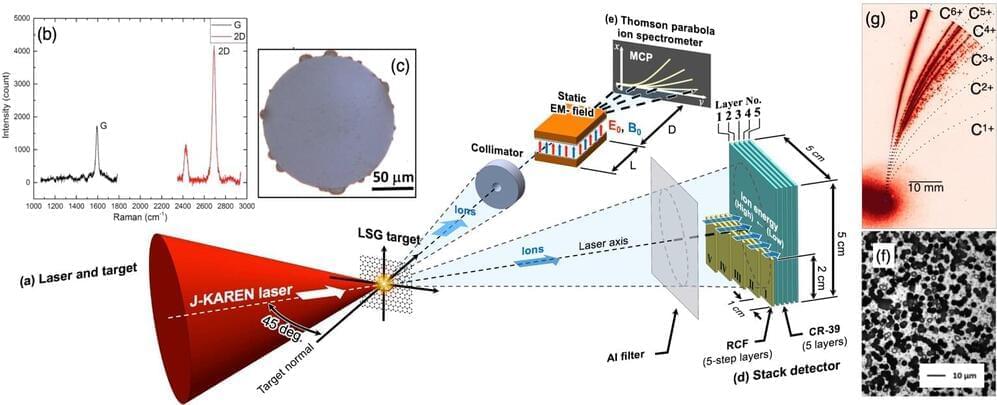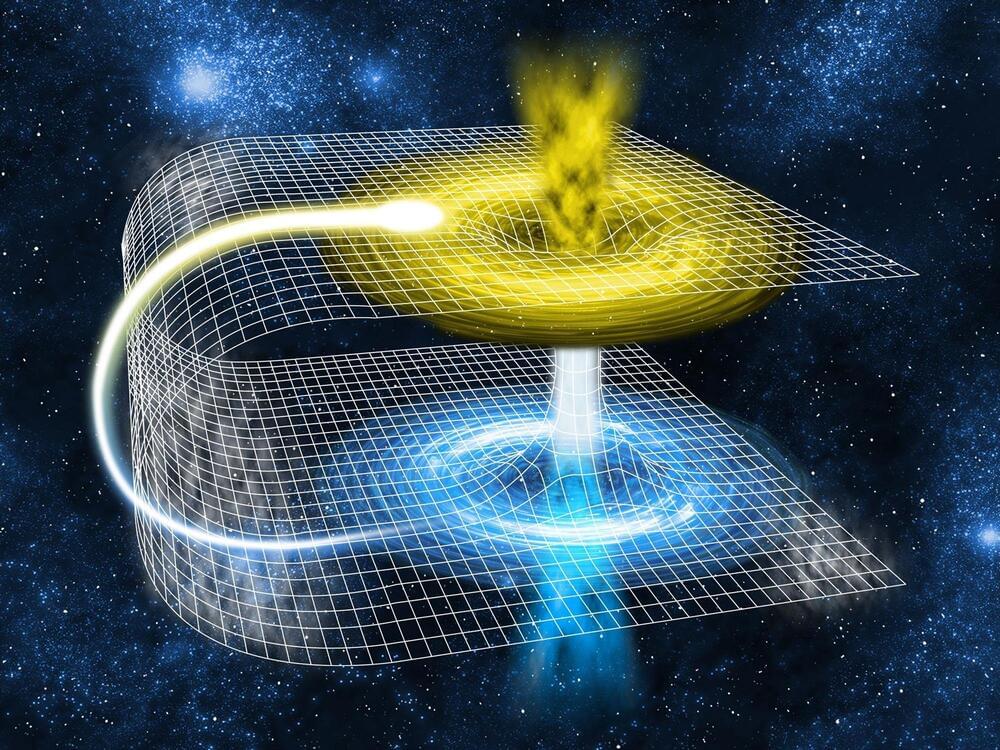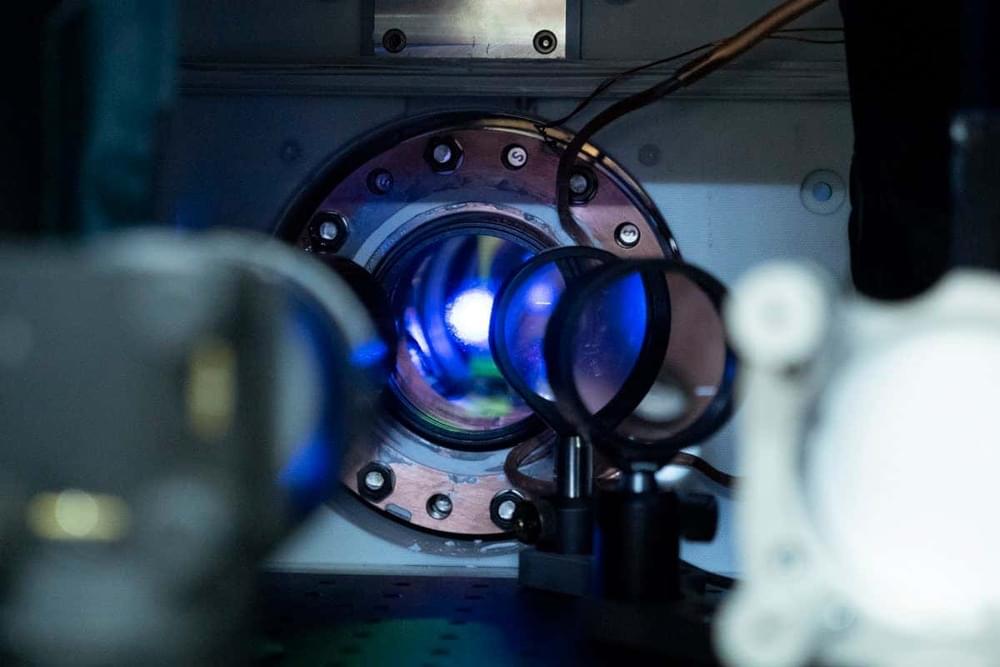Feb 18, 2022
Quantum algorithms for computing observables of nonlinear partial differential equations
Posted by Dan Kummer in categories: computing, information science, mapping, quantum physics
We construct quantum algorithms to compute physical observables of nonlinear PDEs with M initial data. Based on an exact mapping between nonlinear and linear PDEs using the level set method, these new quantum algorithms for nonlinear Hamilton-Jacobi and scalar hyperbolic PDEs can be performed with a computational cost that is independent of M, for arbitrary nonlinearity. Depending on the details of the initial data, it can also display up to exponential advantage in both the dimension of the PDE and the error in computing its observables. For general nonlinear PDEs, quantum advantage with respect to M is possible in the large M limit.

